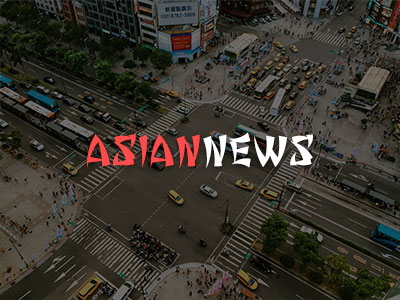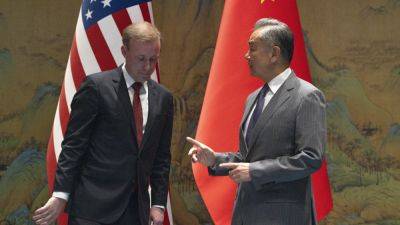As Western-led order crumbles, can China and India fulfil their destinies?
During Wang’s unannounced visit to India in March 2022, the first by a high-level Chinese official following the Galwan clash, he said the border issue should be placed in its “proper position” in bilateral relations, and not be allowed to “define or even affect” the overall development of ties.
The first informal summit, in Wuhan, China, in 2018, enabled both sides to reach a consensus on long-term and strategic issues. These included agreements on reforming global governance mechanisms, upholding multilateral trade institutions, and securing safeguards against global financial and economic instability, as well as each leader’s respective vision for national development.
At their informal summit in 2019, held in Chennai, India, Xi and Modi reaffirmed the Wuhan consensus and concluded accords in working towards a closer partnership in their joint development efforts. Both sides also expressed support for mutual learning and exchanges between the two “ancient civilisations”.
On an institutional level, China and India are members of various multilateral organisations including the Russia-India-China trilateral arrangement, Brics, the Shanghai Cooperation Organisation and the G20.
As China and India emerge as the new superpowers of the 21st century, they are also aware of the need to share common goals in their respective development paths.
While their disputes may often dominate international headlines, multiple ongoing, albeit low-key, dialogues continue to push the two nations onto a more cooperative pathway.
Aside from their border dispute, which both sides admit is a source of great acrimony, China and India recognise that this will be their century as the world gravitates towards Asia, economically, politically and







